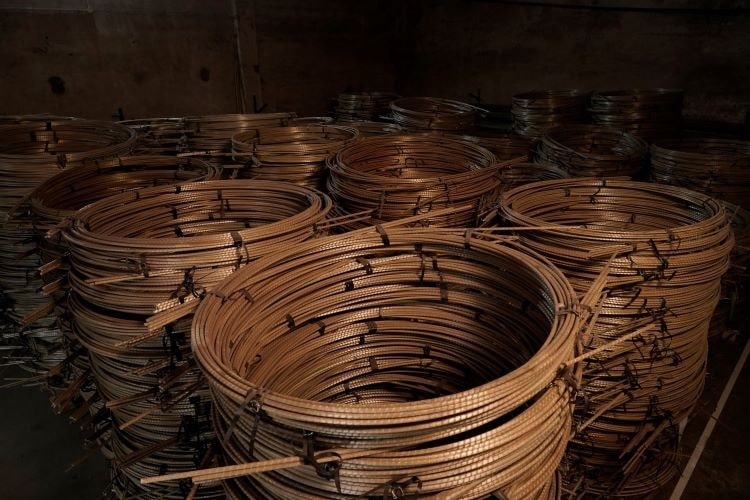
In the realm of construction, Glass Fiber Polymer Rebar has emerged as a formidable alternative to steel reinforcement bars. It provides many remarkable properties such as corrosion resistance, lighter, stronger, Durable, Non-conductive, and many more. However, one often overlooked but critical factor in GFRP rebar’s performance is the orientation of its reinforcing fibers within the polymer matrix.
GFRP Rebar is a composite material consisting of high-strength glass fibers embedded in a polymer matrix, typically epoxy resin. The orientation of these glass fibers within the matrix can vary depending on the manufacturing process and specific requirements of the construction project.
The orientation of reinforcing fibers in GFRP rebar is a critical factor that can significantly influence its structural performance in various construction applications. By understanding the advantages and limitations of different fiber orientations, engineers and construction professionals can harness the full potential of GFRP rebar to create durable, resilient, and cost-effective concrete structures. Properly oriented GFRP rebar not only enhances structural performance but also contributes to the long-term sustainability of construction projects.
[wpforms id=”6454″]